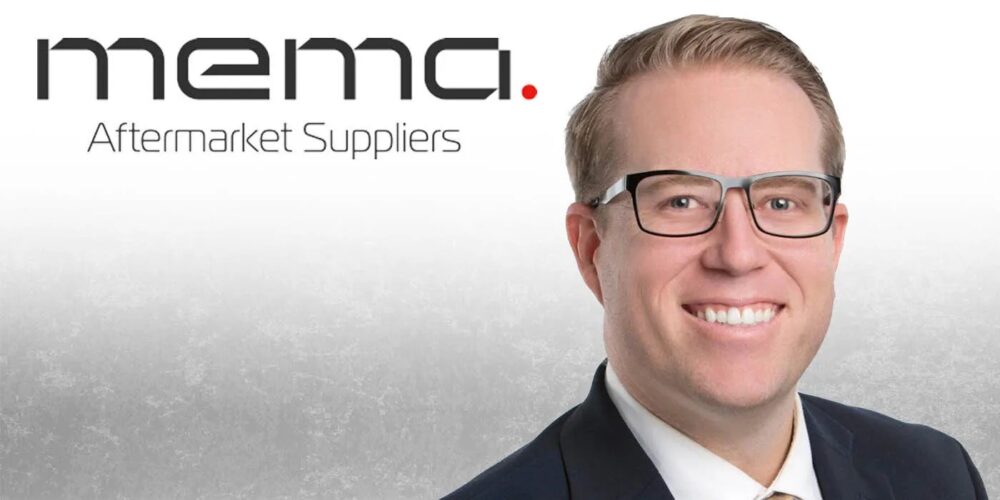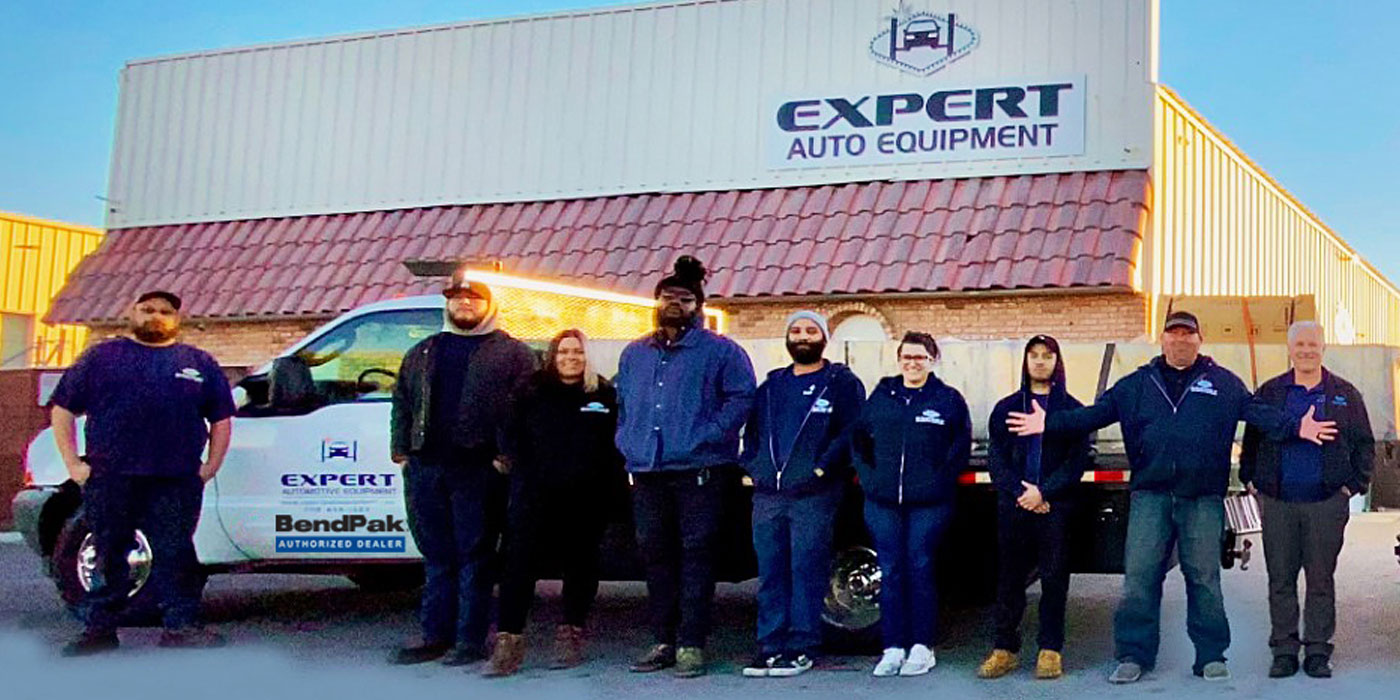It’s the difference between where you are and where you want to go.
My nephew, Mike, is known in our family as the "Deer Hunter." For each of the past 14 hunting seasons, Mike has brought home a buck. On the other hand, in 20 years of hunting, I have yet to score my first kill. Mike is 14 for 14; Tom is 0 for 20. Why is Mike’s hunting performance so much better than mine? Is he a better shot? Is he a more skillful hunter? Does he know more about where to hunt than I do?
A few months ago, while conducting some in-field research at an auto parts store located a few states away from my home, Charlie, the manager, asked if I would like to go out for a burger and shoot a little pool after the store closed for the day. "Sure," I said, and after a burger so greasy that it slid unaided down my throat, the great "eight-ball challenge" began. Charlie beat me 10 games in a row.
Now let me clarify something here. I have held a cue stick before, and I think I shoot a pretty fair game of eight-ball. How was Charlie able to beat me 10 games in a row? Was it his superior knowledge of the game, or did he have the advantage of familiarity with the local table? Was it his skill level? Was it his attitude? I had the distinct feeling that Charlie was snickering and saying to himself, "I’m going to thump this ‘suit’ and send him back to North Carolina with his tail between his legs," and he did.
What can possibly cause such disparity in the performance of individuals? Two people doing the same activity (deer hunting, shooting pool) and the performance of one person is measurably better than that of the other participant.
Consider the Gap
In my profession as a purveyor of performance improvement, we call the study and measurement of the difference between the performance/results of individuals doing the same tasks as "Gap Analysis." We study things such as why one counterperson consistently invoices $45K per month while another counterperson in the same store only invoices $29K per month. Why can one delivery driver average 32 deliveries a day while the other drivers only average 24 deliveries per day? Why is it that one outside salesman makes 30 sales calls per week while another makes 50 calls per week? Why are there such striking differences in performance and results among people doing exactly the same jobs?
When should a store manager or owner engage in gap analysis? A store should consider such an analysis whenever there is an apparent gap between expectations for an employee and the actual performance of that employee. This gap could include any of the following indicators:
Lower-than-expected performance levels;
Customer dissatisfaction or an increase in customer complaints about service;
Inconsistent task performance (fireball one day, nightlight the next);
High staff turnover;
Safety infractions;
Declining margins or sales.
The U.S. Office of Management and Budget offers these definitions that we have adapted to fit the automotive aftermarket.
Benchmarking: The process of comparing one set of measurements of a process, procedure or service to those of another store or employee. The objective of benchmarking is to set appropriate reliability and performance metrics (measurements) for your employees or store, based on metrics for similar processes in other stores or against your own individual top performers.
Effectiveness: (a) The degree to which an activity or initiative is successful in achieving a specified goal or outcome. (b) The degree to which activities of a person achieve the mission or goals of the store.
Efficiency: (a) The degree of capability or productivity of a person, such as the number of invoices generated per day. (b) The total tasks accomplished per day, per week and/or per month.
Gap analysis naturally flows from benchmarking or other assessments of performance. Once you understand the general expectation of performance for each job/position within your store, you can then compare that expectation with current capabilities and performance. The difference becomes the gap analysis.
Gap analysis in an auto parts store is all about evaluating and improving your store’s performance. The gap is the space or difference in performance. In store management terms, it is the space between where you are and where you want to be.
Dig Deeper
Your analysis as a manager or owner involves much more than just looking at a computer generated report to "see" the difference in the number of invoices generated per counterperson or total sales per counterperson for a specific time period. One counterperson said to me, "Our company is information-rich and insight-poor." It is your responsibility to find out why the "gap" or difference in performance exists.
In my office, I have a plaque hanging on the wall that emphasizes an important business truth: "Variance is the enemy of maximized profits." We have learned that as variances between employee performances decrease, profits naturally increase.Every position/job in an auto parts store is composed of tasks and sub-tasks. I suggest you begin with a thorough review of each job description for every position in your store. Your review should be used to identify, establish and record such things as job functions, duties, tasks, sub-tasks and expected performance capabilities. This step will help you establish not only what an employee is expected to do, but also the conditions governing the performance and the performance standards to be reached.
This process will help you identify variables. Perhaps the difference between the $45K per month counterperson and the $29K per month counterperson is that the $29K person mixes a lot of paint or makes the majority of the hydraulic hoses at your store. It is your responsibility to know and understand the "whys."
Calculate the Benefits
Completion of your own store’s job and task analysis will provide you with the following benefits:
It will help you and your employees focus on performance by checking for alignment of job tasks with your store’s current objectives.
It will help enhance overall performance by documenting your current best practices.
Recruiting and hiring new employees becomes easier because you have a document with which to discuss qualifications as well as your job performance expectations.
Your entire team can provide input on performance improvement solutions.
It will help you focus and identify training needs of your current employees.
Measure It!
One of the critical steps in becoming a learning organization is discovering what you don’t know. During a recent engagement, we measured the transaction time from telephone greeting to invoice printing. One counterperson’s average transaction time was 1.8 minutes, with the transaction handled accurately and professionally. Another counterperson at the same store had an average transaction time of 3.9 minutes. Why the variance? We identified the "root cause" as a lack of knowledge and the absence of certain skills.
At another engagement, we were riding with delivery drivers. We logged the time utilized for the SKU (part) drop-off and signature acquisition phase, a sub-task of the specific job of delivering the part to the customer. One delivery driver accomplished this sub-task at an average of 2.1 minutes, while another driver’s average time for this activity was 4.9 minutes. Why the variance? We identified the "root cause" and classified it as knowledge and attitude resulting from a miscommunication about the expectations for the role of this sub-task.
All employees possess two important attributes: competence and commitment. Their competence is a measurement of their skills and knowledge. Their level of confidence and motivation in relation to a specific task or goal quantifies their commitment.
In learning organizations, an increase in competence and commitment of employees results in higher performance, increased sales and enhanced customer satisfaction and loyalty. Employee competence is all about knowing and doing. Employee commitment is all about inner feelings. The employee’s confidence is a feeling of being able to perform a task well without a lot of assistance from others. It involves self-assurance and trust in one’s own ability. Motivation involves interest in the task or goal, enthusiasm for the task and how interested he or she is in doing the task well. Employees want to learn and to clearly understand what is expected of them. They also want to have their contributions appreciated when they meet or exceed expectations or goals.
There is an old business clich that says: "If you can’t measure it, you can’t manage it." If you don’t measure it, you won’t improve it! Benchmarking and establishing performance goals for each position provides you with the opportunity to celebrate victories as well as offer training and coaching to your team members who desire to improve their performance.
NEXT MONTH
In next month’s issue, I will explore training techniques and training delivery systems you can utilize to produce performance improvement results in your store. Between now and the next issue of Counterman, I hope you will begin the process of benchmarking your best practices and identifying your performance gaps and the knowledge, skills or attitude deficiencies that are the root cause of these gaps. While you are working on that project, I’m going to get out my cue stick and see if I can hone my eight-ball skills.









